Innovation is how Audioscan delivers on its promise to help you provide the best possible hearing experience for your clients.
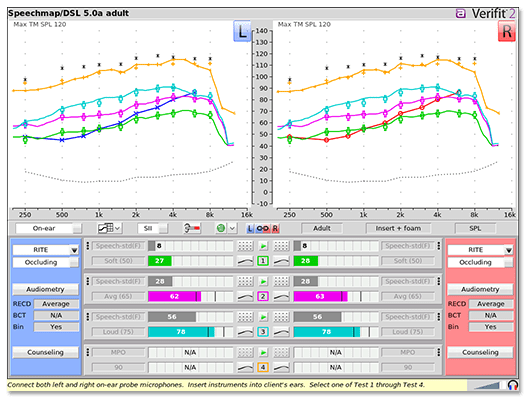
Speechmap®
Speechmap’s guided workflow makes hearing instrument verification intuitive while offering accurate results using the industry’s most advanced tools.
Guided Workflow
- Increases verification efficiency and offers ease of use
Audibility Mapping
- Verify audibility and listening comfort for amplified signals
- Verify to validated, evidence-based fitting formula targets
- Accurately assess hearing instrument output relative to dynamic range of the patient
Percentile Analysis
- Document hearing instrument compression and accurately assess the provided audibility
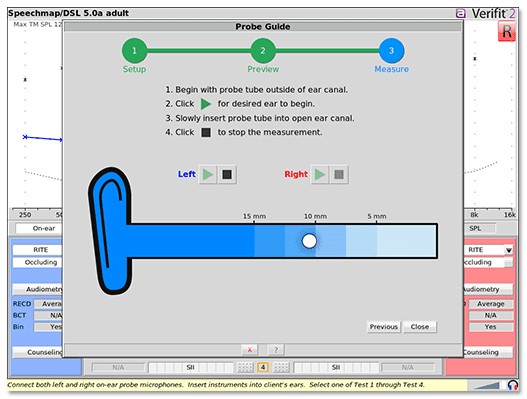
ProbeGUIDE™
ProbeGUIDE provides real time, software-assisted probe tube placement. Real-ear verification is easier than ever and there is no need for additional hardware, software licenses or complicated techniques.
Real-time Assistance
- Constantly tracks the probe tube, giving real-time feedback that enables accurate placement while avoiding patient discomfort from eardrum contact
- Supports confident probe tube placement
Algorithm developed using machine learning
- Accurate prediction of probe tube tip distance from eardrum results in easier REM and more precise REM results*
- Provides reliable REM results across clinicians and clinic locations
- Resistant to the ambient noise that can occur in a busy clinical environment
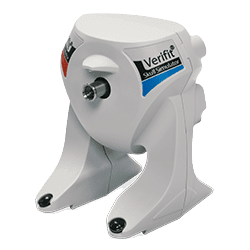
VERIFIT® SKULL SIMULATOR
Objectively verify audibility and adaptive features with bone-anchored hearing devices (BAHDs).
No external power supply required
Easy to set up and use, just plug Verifit Skull Simulator into the coupler jack inside the test box
DSL-BCD targets in Speechmap.
Objectively verify that appropriate levels of audibility are provided for various speech signals
ANSI/IEC, directional, noise reduction testing
Conduct quality control testing and assess the impact of advanced features
No license required
No extra cost for an additional software suite
VerifitLINK™
Verify and adjust hearing instruments to target automatically through a direct interface with the fitting software.
- Ensures an objective verification against clinically-validated targets
- Provides accurate target match equivalent to manual methods in significantly less time**
Wideband Measurement
Measure the high frequency amplification of hearing instruments that claim extended bandwidth.
Wideband audiogram entry and hearing instrument verification to 12.5 kHz
- Ensure patients have access to valuable speech information above 8 kHz
- Obtain the sound quality improvements that accompany wideband amplification
Office Integrations
NOAH MODULE (optional)
- Quickly transfer audiometry stored in Noah into the Verifit2
- Store and retrieve test results electronically, giving you the flexibility to go paperless
- Easily generate PDF reports that integrate with EMR systems via shared network folders
REMOTE OPERATION ON PC
- Teleaudiology compatible
- View/operate Verifit2 from a PC
- On-top mode allows hearing instrument measurement and adjustment to occur together on one screen
PRINTING FLEXIBILITY
- Multiple printing options: print via the Noah module, a network connected printer, a USB-connected printer, or print-to-file
Sponsored By



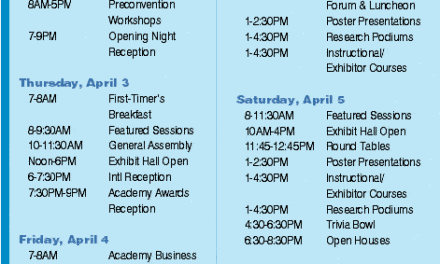
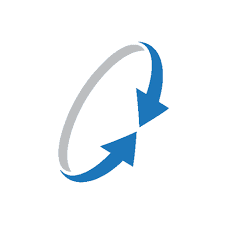

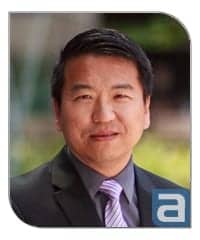
Such clever Audioscan assessment technology… but what about our MUSIC? Those Speechmap charts stop, as nearly all do, at 250 Hz. Live music is busy down to 40 or below. Male voice fundamentals are around 75. Modern transducers can deliver useful spl down to 40 Hz – I have tested.
Research says speech understanding can be assisted by hearing the lows. That’s certainly my experience. In 20+ years of wearing ‘tinny’ BTE aids,
I recall two fitting milestones: the first when the clinician put away the sinewaves and instead played full range sounds to me through a loudspeaker, and the second, recently, when a superb UK-NHS audiologist adjusted EQ curve and directionality while we talked.
Knowing I work in sound and love music, she gave me more low end, checked with me the most effective compression pattern, even invited me to bring in a little keyboard so I could check for harmonic clogging and overshoots at the high end. Half an hour, that’s all it took. A bit more art, a bit less science!